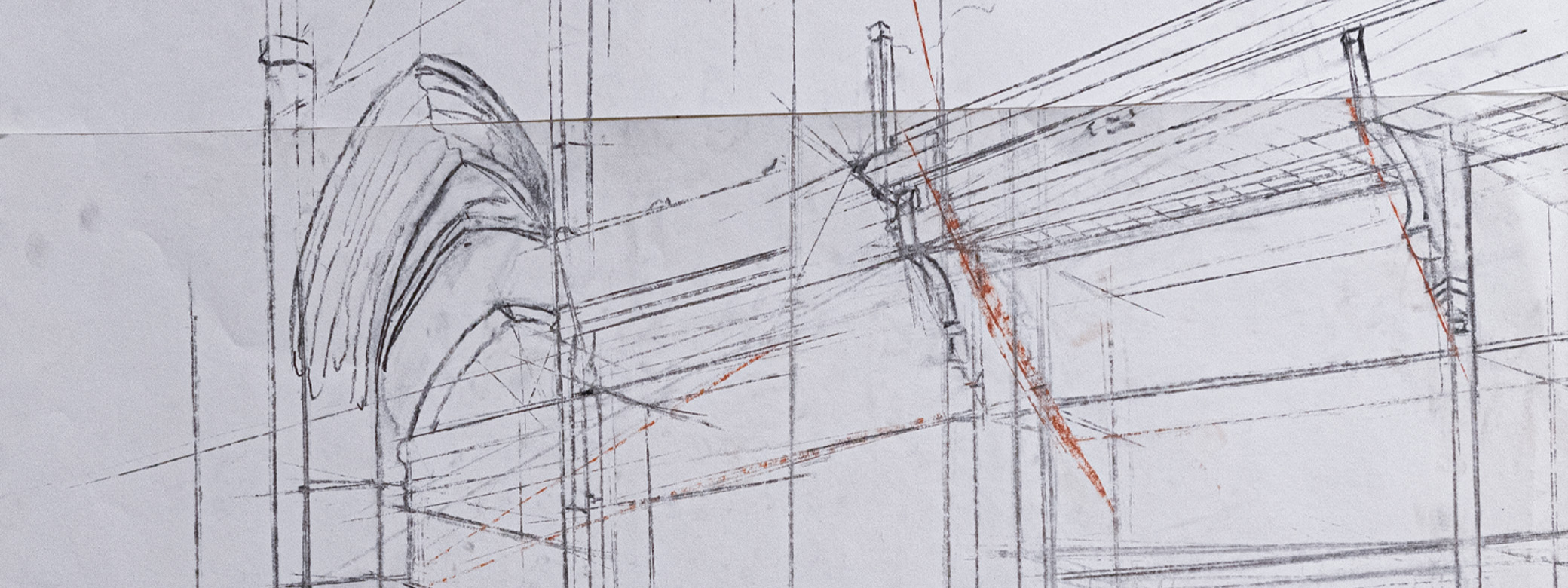Event
Thursday, January 4, 2018
4:30–6:30pm
Room 120, Art Building
This annual event allows Master of Design students to share their in-progress theses projects through the poster format. Attendees are encouraged to give feedback to students in an informal, one-on-one / small group setting. Prospective students are welcome. People may arrive at any time during the two-hour period and stay as long as they wish.
Posters
Aubree Ball
"Speculative Explorations of Dwelling Within an Internet of Things Ecosystem"
The embodiments of ubiquitous computing technologies in today’s homes reflect an enduring narrative about the role of computing in people’s lives: that computers are used to help people be more productive while using fewer cognitive and physical resources. But as homes and objects become increasingly interactive and internet-connected, the established form of computing in domestic environments is changing. As such, the role computing plays in domestic life is also ripe for exploratory research. I am designing connected artifacts to research new narratives about the role of computing in people's everyday lives at home.
Joe Costello
"Putting 3-D Visualization to Work"
In the past few decades, three-dimensional modeling using computer-aided design (CAD) has fundamentally changed the creative process in a number of fields including, and especially, that of industrial design. Up to now, the 3-D modeling process has been relegated to flat, two-dimensional, on-screen representations serving to bridge the gap between the 3-D information, of which a CAD file is comprised, and the 3-D form desired by the designer. New mixed reality technology can display 3-D CAD information as 3-D display augmenting the physical world, offering an alternative to the limitations of the perspective display of 3-D geometry on 2-D displays. My thesis will explore the potential of the new 3-D display technologies to improve CAD modeling as an integral part in the industrial design process.
Emma Teal Laukitis
"Keeping it Wild: Design for Environmental Advocacy"
Plans to develop what would be the largest open-pit mine in North America threaten the world's last, great wild salmon fishery. For more than a decade, the people whose livelihoods depend on the Bristol Bay watershed in southwestern Alaska have fought to defend their land from a copper and gold mine called Pebble that, according to EPA scientists, would result in a complete loss of fish habitat.
How might design help advocates for Bristol Bay successfully oppose mining interests? Design communications targeted towards key decision makers at the federal, state, and local level may be critical as well as broader campaigns that inform and engage the public. My thesis seeks to use the Bristol Bay controversy as a case study and to generalize the results towards similar efforts for environmental advocacy.
Christopher Seeds
"Adding Meaning to Personal Photos in the Age of Computational Systems"
With advances in digital photography and the rise of smartphones, we are taking more pictures than ever before. These personal photos are a way for us to document and remember our experiences. This increased capturing frequency of images has resulted in large technology companies organizing images through computational systems. While these systems are necessary to process our growing photo collections, moments of reminiscence and reflection have now been taken out of the process. This thesis will explore ways people can interact with their photos in order to enhance the personal meaning of the photos while still utilizing the strengths of technology.

